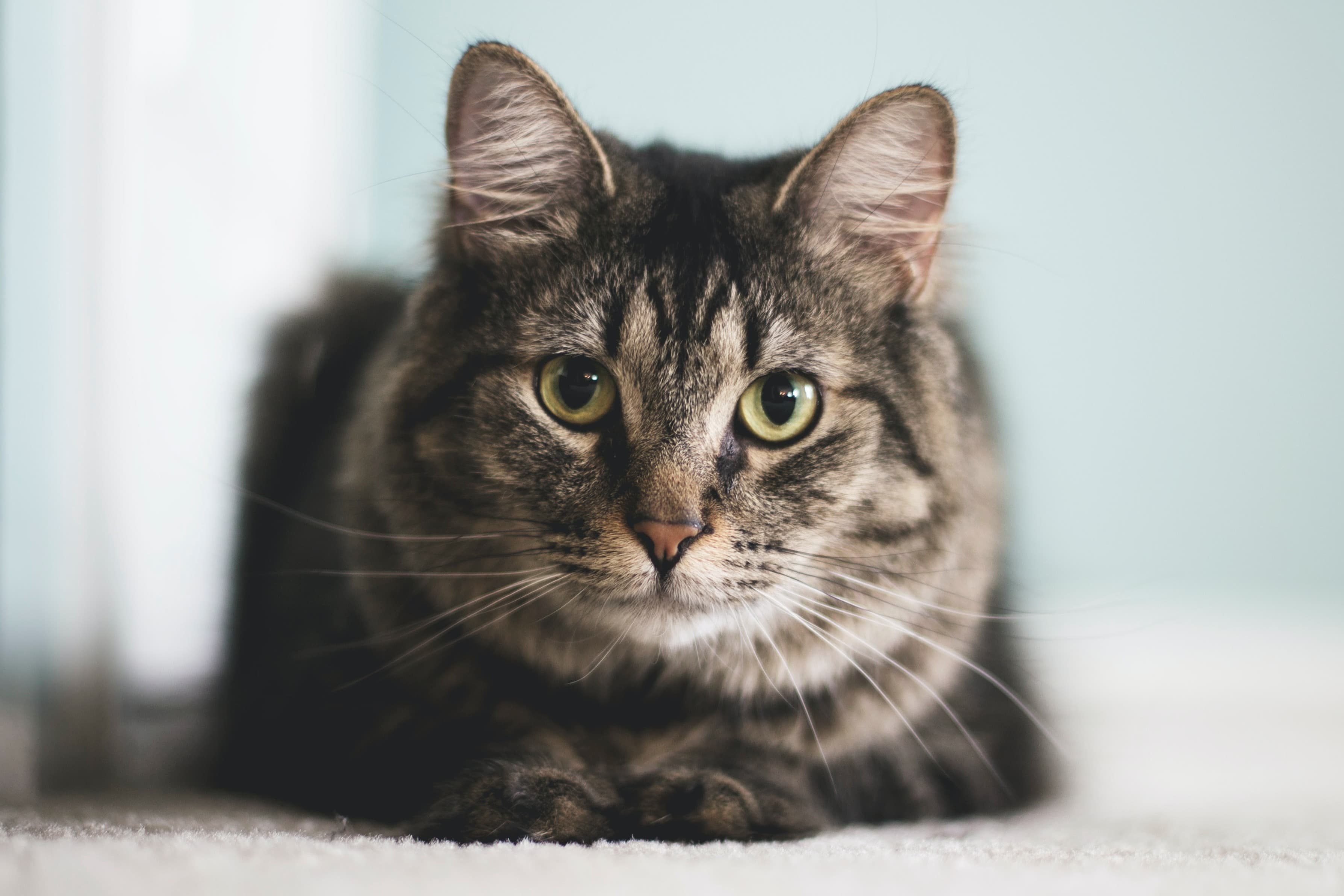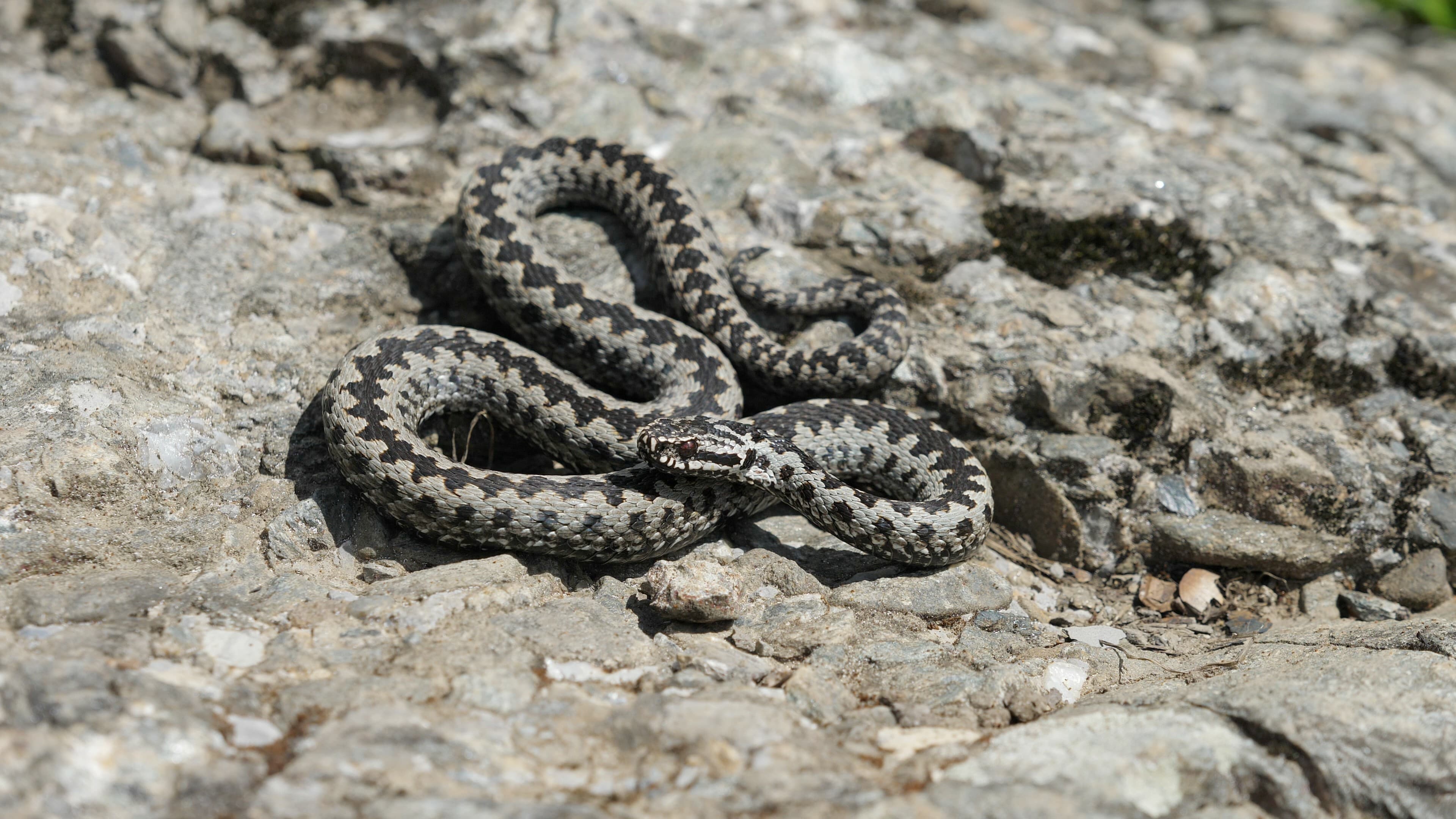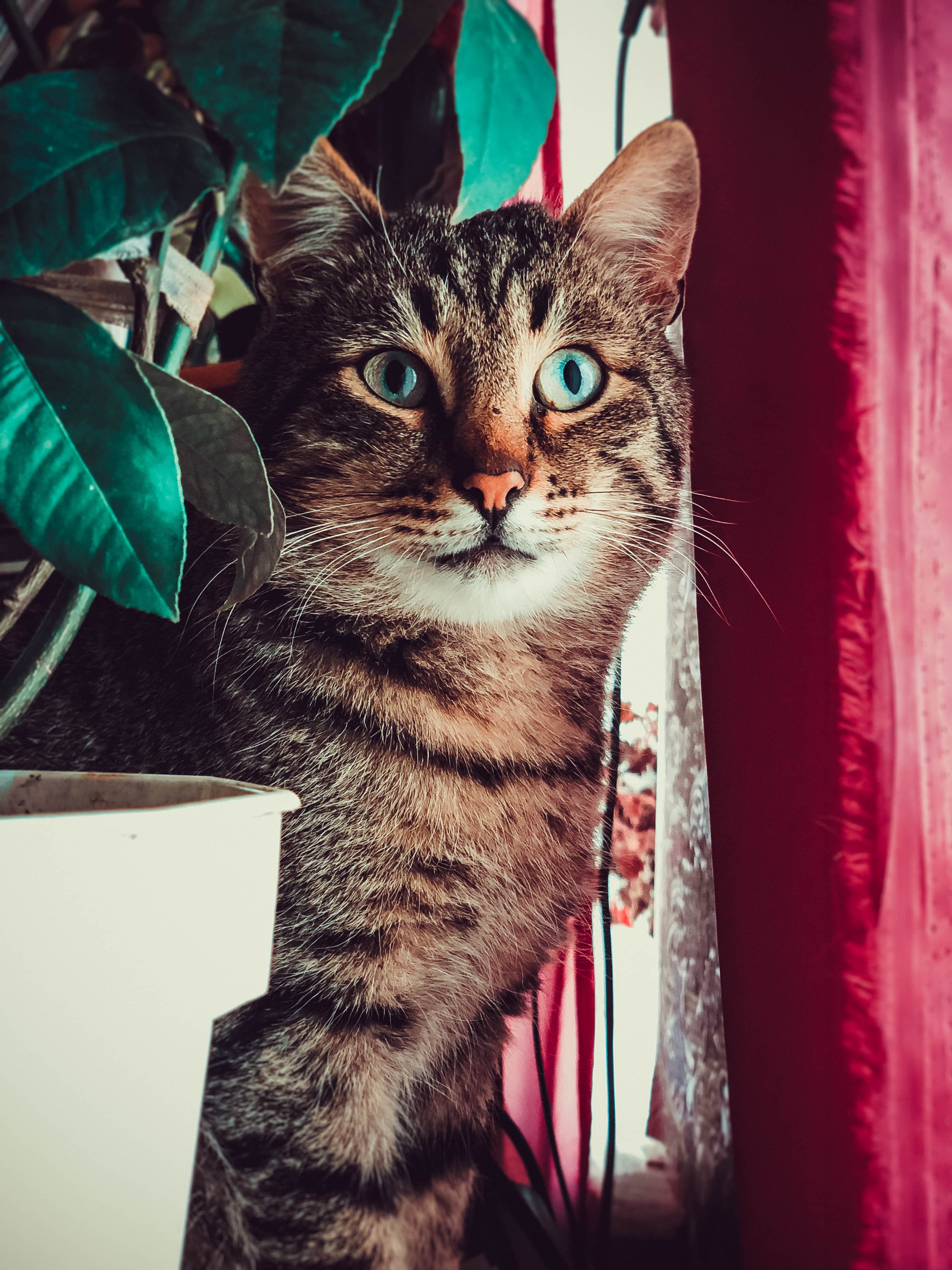About tooth resorption (FORL)
This is a dental disease that is very common among cats, therefore it is good to learn more about what it means if your cat suffers from tooth resorption and what symptoms you should pay attention to!
Tooth resorption (FORL) in cats
A disease that is common among cats is tooth resorption, formerly known as FORL. In fact, about a third of all cats suffer from this, which is quite a lot. If your cat is suffering from tooth resorption, which is not unlikely, it means that its teeth are gradually breaking down.
This will eventually cause the cat a lot of pain and can create various other problems. This in turn can be very costly for you as a cat owner as not all insurance policies cover this particular type of dental disease. For those of you who own a cat and want to know a little more about tooth resorption, keep reading here!
What is tooth resorption?
So what exactly is this common, dental disease called tooth resorption? Tooth resorption is, as I said, a very common dental disease that mainly affects cats older than 5-6 years, it sometimes occurs in slightly younger cats as well. If a cat suffers from tooth resorption, it means that the affected teeth gradually decay and over time the pulp can be exposed which is very painful, over time the cat loses the tooth. The gradual decay in turn leads to the cat experiencing various problems with both teeth and mouth, not least pain and discomfort.
Why?
Many people ask why a disease like tooth resorption occurs. In fact, there is not really a settled theory as to why it occurs, but there are a number of different theories which may all be at the root of its occurrence. Some of the theories as to why this pathological tooth decay sets in are other conditions or inflammations that affect the well-being of the teeth and mouth, such as tartar, tooth loss or inflammation of the gums. However, as mentioned above, this is not certain, but it could be the reason why the cat suffers from tooth resorption.
Symptoms?
A very negative aspect of tooth resorption in cats is that it is a disease that is often difficult to detect. This is not only because cats do not normally show such obvious signs of pain, but also because many of the symptoms contributed by the disease can also be symptoms of other common diseases or conditions.
It may also be less common for cat owners to check their cats' mouths or examine their teeth, which also contributes to the disease being rarely detected. However, there are a whole host of symptoms that could mean your cat is suffering from tooth resorption - here we list some of the most common symptoms to look out for:
Your cat avoids eating hard or cold food
Your cat eats less than usual
Your cat is dropping food or drooling
Your cat chooses to withdraw more often or has an irritable temper
Your cat grinds its teeth
Your cat's gums are bleeding
Coat becomes matted
The affected tooth has tartar, bleeds or the surrounding gums may look swollen
How can you help your cat with tooth resorption?
If you suspect that your cat has tooth resorption, it is important that you visit the vet for an examination as soon as possible. Not only because your cat is most likely in a lot of pain, but also because treatment and surgery will be required to counteract the problem. Affected teeth are usually extracted.
Unfortunately, a cat that has once suffered from tooth resorption and had it corrected may suffer from it again at a later stage in life.






